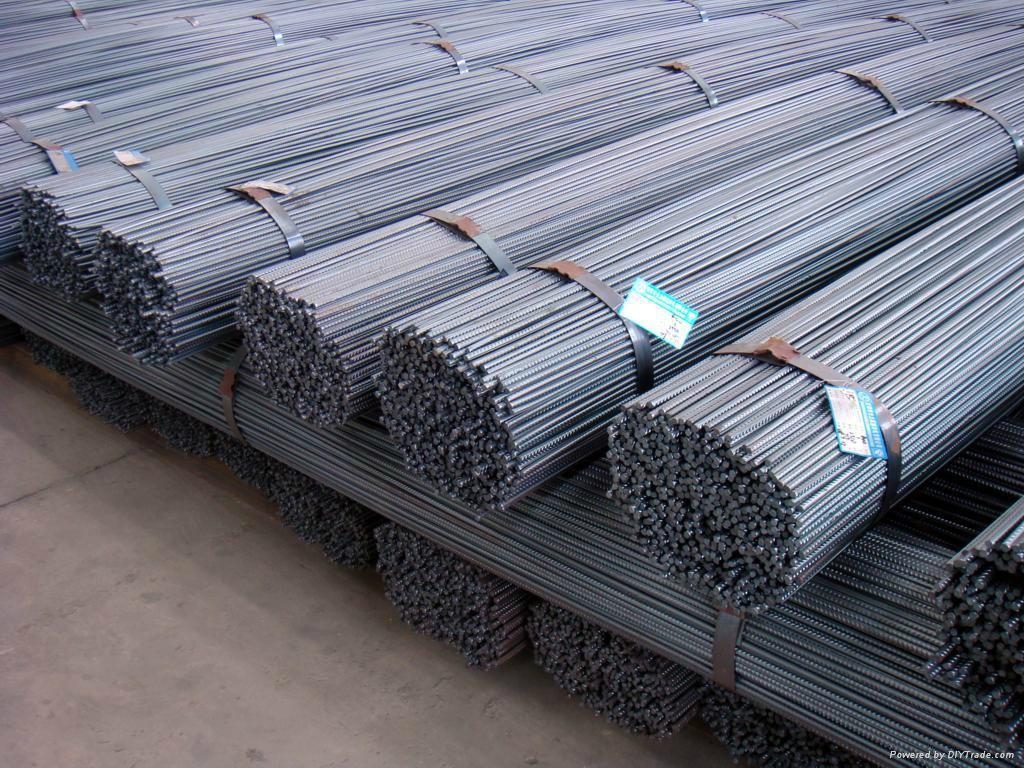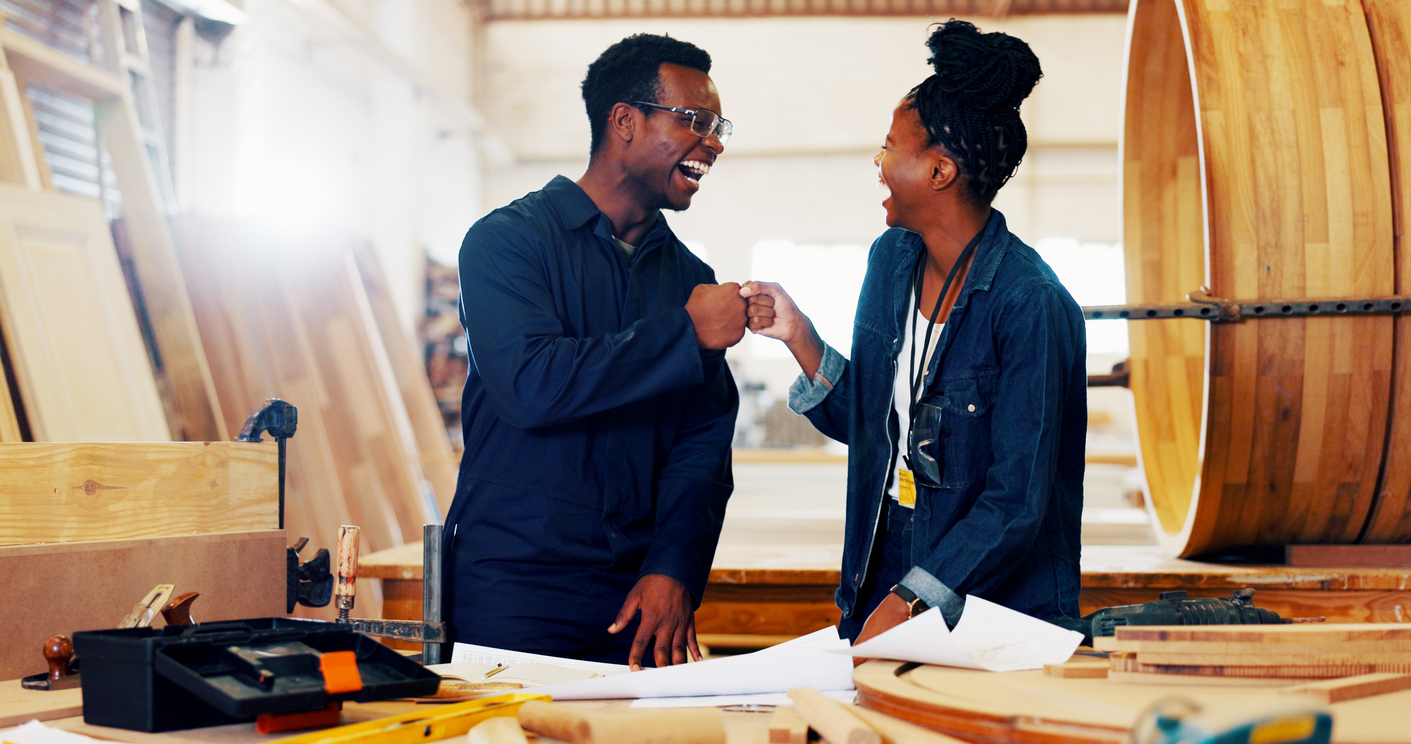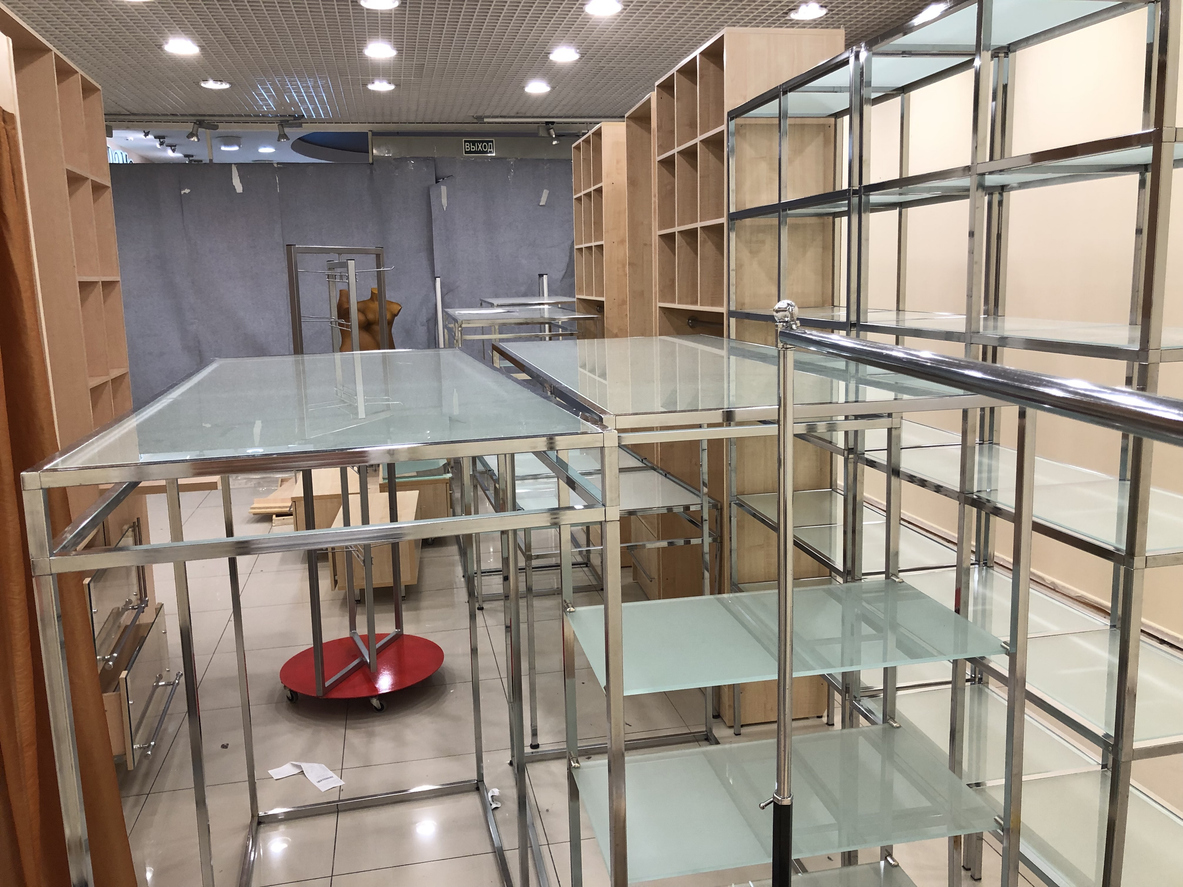Hot-Rolled Iron Bars in Kenya with Wigmore Trading
Hot-Rolled Iron Bars in Kenya with Wigmore Trading
Hot-rolled iron bars are still one of the most common raw materials used in the manufacture of other steel products. Many producers of steel services and products use hot-rolled iron bars in the production of a wide range of finished goods. Hot-rolled iron bars offer manufacturers several advantages over other forms of raw steel, such as tubular or structural shapes. Read on to know more… This brief article will introduce you to the world of hot-rolled iron bars and why they are an important raw material for many steel manufacturers. It will also cover some basics about this product, including its main types and where it is produced. If you would like to know more, read on…
What is a Hot-Rolled Iron Bar?
Hot-rolled iron bars are the most common form of steel bars. They are made by heating steel sheets to a high temperature and then rapidly cooling them in water. The cooling process leaves the steel in the form of a solid bar. Hot-rolled iron bars are also called hot-rolled bars. They are widely used in construction and manufacturing. Hot-rolled iron bars are a semifinished product and can be further processed to create other products and shapes. Hot-rolled iron bars are produced in a wide range of sizes and properties to meet customer needs. The most common size for hot-rolled bars is about 50 millimeters in diameter and 2.5 meters long. Smaller bars are also available, but they are less common. Hot-rolled iron bars are made from a variety of iron and steel grades. The most common grades include carbon steel, alloy steel, and stainless steel. Iron bars are usually made from iron.
Types of Hot-Rolled Iron Bars
There are several types of hot-rolled iron bars. Each type of bar has unique characteristics that make it suitable for certain applications. The most common types of hot-rolled iron bars are as follows: Carbon steel hot-rolled bars – These bars are made from carbon steel with 0.12 percent to 0.25 percent carbon. They are very versatile and are used in many applications. Carbon steel hot-rolled bars are strong and tough. They can resist bending and cracking under a wide range of temperatures. Carbon steel bars are widely used in the construction, manufacturing, transportation, and agricultural industries. Carbon steel bars are also used in the electricity and power generation industries. Carbon steel bars are usually available in either the normalized or the hard temper condition. Alloy steel hot-rolled bars – Hot-rolled alloy steel bars are made from molybdenum, nickel, chromium, or tungsten with iron. They are used for applications that require high strength, high toughness, and good resistance to wear and corrosion. Alloy steel bars are usually available in the normalized condition. Hot-rolled bars with a high nickel content are used for applications that require high strength and resistance to high temperatures. Hot-rolled bars with a high chromium content are used for applications that require high resistance to corrosion. Hot-rolled bars with a high tungsten content are used for applications that require high toughness, high strength, and good resistance to high temperatures. Stainless steel hot-rolled bars – Hot-rolled stainless steel bars are made from a variety of stainless steel alloys. They are used in applications that require resistance to corrosion and oxidation. Hot-rolled bars with high chromium and nickel contents are used for applications that require high resistance to corrosion. Hot-rolled bars with high chromium and molybdenum contents are used for applications that require high resistance to corrosion and high strength.
Where are Hot-Rolled Iron Bars Produced?
Most hot-rolled iron bars come from a few large-scale integrated steel mills that can produce the bars. Hot-rolled bars are produced in many countries around the world, including China, the United States, Brazil, Belgium, and India. Hot-rolled bars may be produced outside of your home country. If you are looking to import hot-rolled bars, be sure to know the rules and regulations for your importing region.
Why Are Hot-Rolled Iron Bars Important?
Hot-rolled iron bars are one of the most important types of steel bars. They are a semifinished product that can be further processed to create other products and shapes. Hot-rolled iron bars are made from steel slabs that are heated to very high temperatures. They are then rapidly cooled in water. Hot-rolled bars are made to a specified width, length, and thickness. Hot-rolled bars are generally available in standard sizes. They come in an array of alloy and iron grades. Hot-rolled bars are also available in a wide range of surface conditions. Hot-rolled bars do not require any additional processing before they can be used in other products and shapes. They are often used to make reinforcing bars, rails, and beams.
How to Buy Hot-Rolled Iron Bars?
Hot-rolled bars are widely available in many sizes and grades. You can buy hot-rolled bars from online trading websites, steel service providers, or steel stockists. If you want to buy a specific type of hot-rolled bars, you should contact several suppliers and get quotes. You can also request samples to try them out and see how they fit your needs. You can buy hot-rolled bars in bulk or small quantities. However, quantity is not the only thing you need to think about when buying hot-rolled bars. In addition to quantity, you also need to consider quality, delivery time, and price.
Conclusion
Hot-rolled iron bars are the most common form of steel bars. They are made from steel slabs that are heated to very high temperatures. The bars are rapidly cooled in water to form a solid bar. Hot-rolled bars are made to a specified width, length, and thickness. They come in an array of alloy and iron grades. Hot-rolled bars are available in a wide range of surface conditions. You can buy hot-rolled bars from online trading websites, steel service providers, or steel stockists. Before you buy, though, make sure you know enough about hot-rolled bars to make an informed decision.








LEAVE A COMMENT
You must be logged in to post a comment.